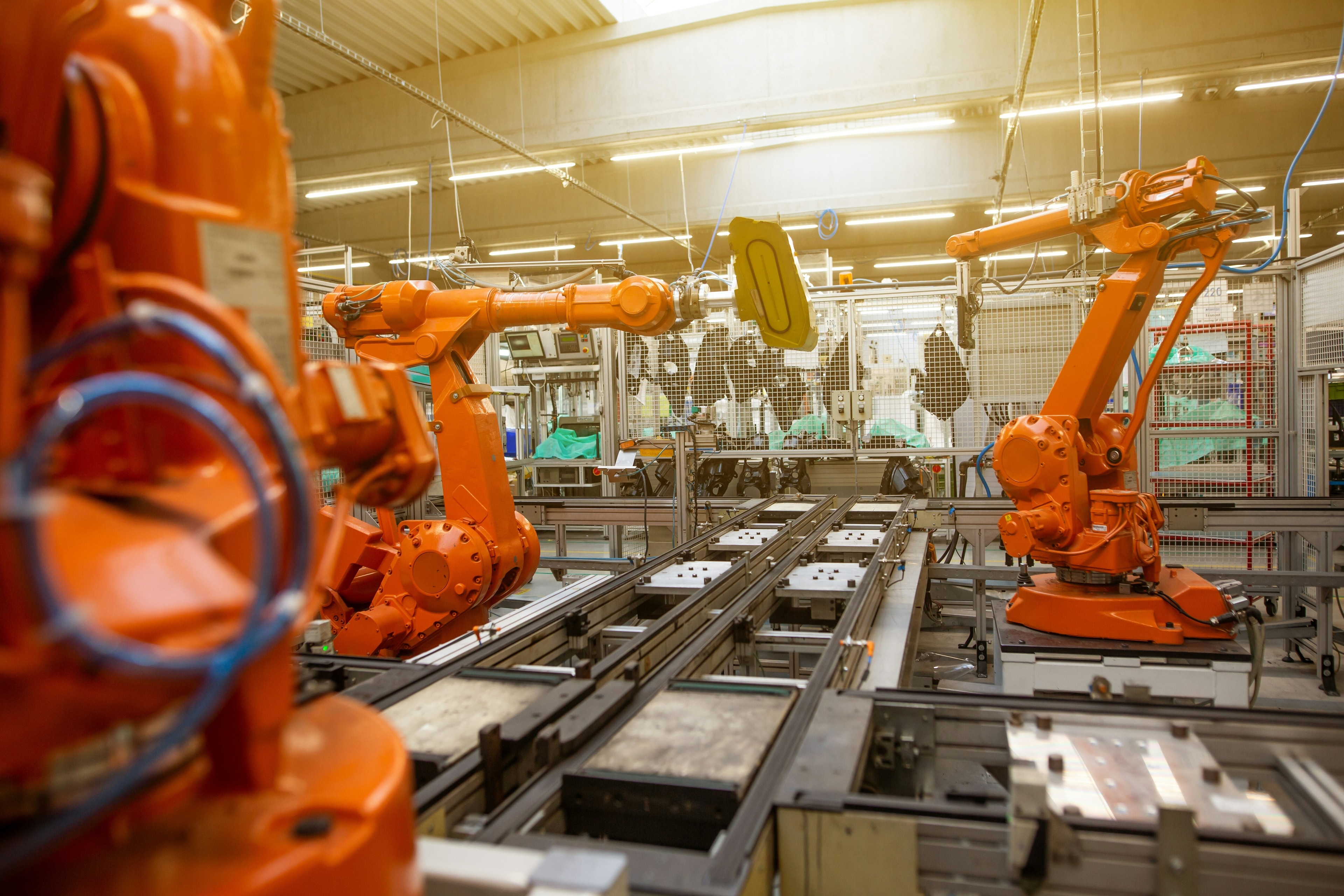Flying taxis are getting closer to becoming a reality. Here’s the technology behind them

VTOLs can operate in any environment.
Image: REUTERS/Christian Hartmann
Stay up to date:
Travel and Tourism
Listen to the article
- Vertical takeoff and landing (VTOL) aircrafts are a bit like helicopters, but some have wings as well as propellers.
- They are expected to significantly reduce urban journey times for passengers and goods in the coming years.
- A trial has already been held in the UK and plans are underway to construct more VTOL infrastructure around the world.
Many city journeys could become 75% faster thanks to a mode of transport straight out of the pages of science fiction.
Vertical takeoff and landing (VTOL) aircrafts may be landing in a city near you soon. VTOLs are a bit like helicopters, but some have wings as well as propellers. They won’t need a runway because – as their name suggests – they can take off and land vertically.
VTOLs could operate as flying taxis to move passengers around congested cities, but they could also work as ambulances to take sick or injured people to hospital, or be used as a faster way of transporting goods.
Other advantages include that the infrastructure they need – such as “vertiport” launchpads – are less expensive to build than traditional transport hubs. They’re also greener than conventional modes of transport, as they use batteries and cleaner fuels like hydrogen.
How do VTOLs work?
VTOLs can operate in any environment, but they are particularly well suited to urban settings because of the fact they don’t need a runway .
Because these “powered-lift” aircraft have a fixed-wing design, they can fly for longer and at a higher altitude than helicopters with rotor blades, according to US-based Aurelia Aerospace. It says its Aurelia Q1 model can fly for up to 2.5 hours and has a range of 20 kilometres.
The European Union Aviation Safety Agency (EASA) says VTOLs used to transport goods will most likely be remotely piloted. However, it expects those that transport people to initially have pilots – but thinks this is likely to change as the technology develops.
“Maybe in 10 years from now, we expect to see the human pilots on board air taxis being gradually replaced with remote pilots on the ground,” it says. “And in a further evolution we may see air taxis operating autonomously, without any human intervention during flight.”
US aircraft manufacturer Boeing has released a roadmap for its vision of future city air transport. It believes VTOLs will need to be remotely piloted to reduce the load on air-traffic controllers, as well as pilots.
What is the World Economic Forum doing to reduce aviation's carbon footprint?
“We’re working to enable a future of aerospace that is safe, sustainable and at scale,” says Brian Yutko, Boeing’s Vice-President and Chief Engineer of Sustainability & Future Mobility. “Uncrewed operations will be fundamental to realizing that vision, and we have to exceed the current safety standards for the air transportation system.”
Boeing says its VTOLs would fly under “visual or instrument flight rules, and be supported by automated onboard and ground-based systems”.
What are vertiports?
The new generation of VTOLs will need bespoke transport hubs linked to conventional forms of travel such as trains, buses and existing airports.
The US Federal Aviation Administration (FAA) has released new guidelines on design standards for these vertiports, and for the integration of what they call advanced air mobility (AAM) aircraft. These provide information for designers and builders to ensure safe takeoffs and landings, and safe distances for vertiports from current runways.
“Our country is stepping into a new era of aviation,” says Shannetta Griffin, the FAA Associate Administrator for Airports. “These vertiport design standards provide the foundation needed to begin safely building infrastructure in this new era.”
When is VTOL travel likely to happen?
What’s being heralded as the world’s first operational vertiport was trialled in the UK city of Coventry for three weeks in summer 2022. Air-One was the result of a partnership between Coventry City Council and UK start-up Urban-Air Port.
The company says the lack of suitable infrastructure is one of the biggest obstacles to the development of electric VTOLs. It aims to open more than 200 vertiports worldwide, with planning under way at sites in London, Los Angeles, Australia, South Korea, France, Germany, Scandinavia and South East Asia.
Accept our marketing cookies to access this content.
These cookies are currently disabled in your browser.
Spanish transport infrastructure firm Ferrovial plans to build a network of more than 25 vertiports in the UK. It also says it is developing more than 10 vertiports in the US state of Florida.
Researchers say the market for advanced air mobility could reach $7.6 billion worldwide by 2027, with the US, China, Japan, Canada and Europe expected to lead the way. EASA says the sector could also help create 90,000 new jobs in the EU.
Don't miss any update on this topic
Create a free account and access your personalized content collection with our latest publications and analyses.
License and Republishing
World Economic Forum articles may be republished in accordance with the Creative Commons Attribution-NonCommercial-NoDerivatives 4.0 International Public License, and in accordance with our Terms of Use.
The views expressed in this article are those of the author alone and not the World Economic Forum.
Related topics:
Forum Stories newsletter
Bringing you weekly curated insights and analysis on the global issues that matter.
More on Industries in DepthSee all
Eneida Licaj and Genevieve Sherman
September 10, 2025
Benedikt Gieger and Christian Busch
September 3, 2025
Spencer Feingold
August 18, 2025
Giorgio Parolini
July 7, 2025
Ibrahim Odeh and Oliver Tsai
July 2, 2025









